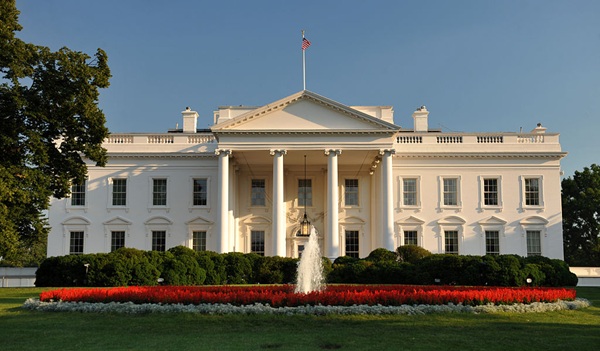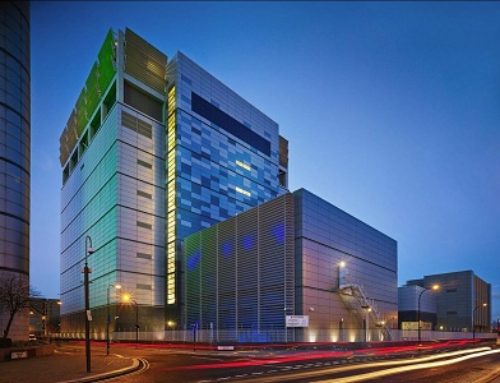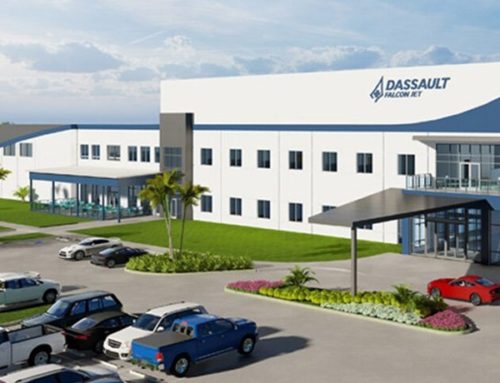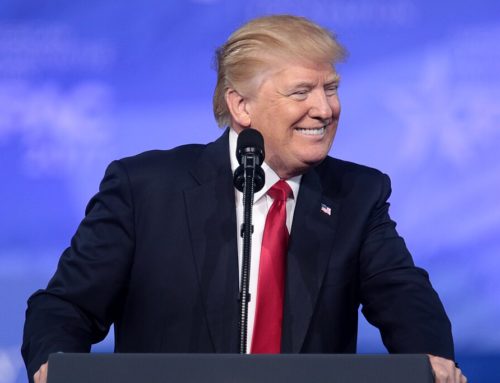1. White House eyes trade deals with over 15 countries
In a significant move towards reshaping international trade, the White House has announced that it is actively pursuing trade agreements with more than 15 countries. This initiative comes in the wake of President Trump’s recent tariffs on foreign exports, which have prompted a wave of negotiations aimed at fostering reciprocal trade relationships.
Background and Context
National Economic Council Director Kevin Hassett revealed that the administration is optimistic about the potential deals, describing them as “really big, big steps forward”. The president’s strategy includes a 90-day pause on reciprocal tariffs, providing a window for foreign trading partners to negotiate terms that could eliminate the need for tariffs altogether.
Key Players and Negotiations
Treasury Secretary Scott Bessent has emphasised the focus on tariff negotiations with 15 key trading partners. While specific details of the deals have not been disclosed, Hassett mentioned that several agreements are close to finalisation, pending legal approval. The administration’s approach aims to boost the American economy and manufacturing sector, despite concerns from economists.
Implications for Global Trade
The White House’s proactive stance on trade deals signals a shift towards more balanced and fair trade practices. Vice President JD Vance expressed optimism about reaching mutually beneficial agreements, particularly with the UK, highlighting the cultural and economic ties between the two nations. This move is expected to strengthen the US’s position in global trade and foster better relationships with its trading partners
Conclusion
As the White House continues to negotiate these trade deals, the global economic landscape is poised for significant changes. The administration’s efforts to establish fair and reciprocal trade agreements could pave the way for a more robust and equitable international trade system.
2. Meloni seeks to ease trade tensions in first EU-US visit to Washington

Giorgia_Meloni CC BY 3.0 IT https://creativecommons.org/licenses/by/3.0/it/deed.en
Italian Prime Minister Giorgia Meloni is set to make her first official visit to Washington, aiming to ease the escalating trade tensions between the European Union and the United States. This visit marks a significant diplomatic effort as Meloni becomes the first European leader to meet with President Donald Trump since his recent announcement of tariffs on European imports.
A Critical Juncture in EU-US Relations
Meloni’s visit comes at a critical time, with the EU and US embroiled in a trade standoff. President Trump initially announced a 20% tariff on all imported goods from the EU, which he later reduced to 10% for a 90-day negotiation period. The EU responded by pausing its retaliatory tariffs, hoping to find a compromise that would prevent a full-blown trade war.
Meloni’s Diplomatic Mission
As a leader ideologically aligned with Trump on various issues, including curbing migration and promoting traditional values, Meloni is seen as a potential bridge between the EU and the US. Her diplomatic skills will be put to the test as she seeks to defend Europe’s trade interests while gauging Trump’s unpredictable stance on global alliances.
Meloni has been in close contact with EU Commission President Ursula von der Leyen ahead of her trip, ensuring that her outreach is closely coordinated with the broader EU strategy. “We know we are in a difficult moment,” Meloni stated in Rome. “Most certainly, I am well aware of what I represent, and what I am defending”.
The Stakes of the Meeting
The European Union is defending what it calls “the most important commercial relationship in the world,” with annual trade reaching €1.6 trillion ($1.8 trillion). Trade negotiations fall under the European Commission’s authority, which is pushing for a zero-for-zero tariff deal with the US. However, Trump administration officials have yet to publicly show signs of relenting on Trump’s insistence that a baseline 10% tariff be charged on all foreign imports.
Meloni’s margins for progress are more about gaining clarity on Trump’s goals rather than outright concessions. Experts suggest that her mission is delicate, with the whole trade agenda at stake. “It is a very delicate mission,” said Fabian Zuleeg, chief economist at the European Policy Center think tank in Brussels.
Conclusion
As Meloni heads to Washington, the world watches closely. Her ability to navigate this complex diplomatic landscape could have profound implications for the future of EU-US trade relations. Whether she can successfully ease tensions and pave the way for a mutually beneficial trade deal remains to be seen.
3. Indian official team likely to visit Washington next week for trade talks
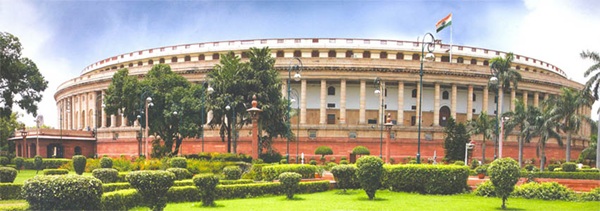
संस्कृतम् C.V.Arun Kumar 1830785 CC BY-SA 4.0 https://creativecommons.org/licenses/by-sa/4.0/deed.en
Next week, an Indian official team is scheduled to visit Washington to advance negotiations for a proposed India-US bilateral trade agreement. This visit follows a recent high-level US delegation’s trip to India, signaling growing momentum for the discussions.
Key Objectives and Agenda
The Indian delegation, led by Additional Secretary in the Department of Commerce Rajesh Agrawal, aims to resolve outstanding issues before formally launching the negotiations. The talks will cover around 19 chapters, including tariffs, non-tariff barriers, customs facilitation, and regulatory. Both sides are keen to utilise the 90-day tariff pause announced by US President Donald Trump on April 9 to push the talks forward.
Strategic Importance
The agreement is seen as a pivotal step towards doubling bilateral trade to USD 500 billion by 2030 from the current USD 191 billion. The terms of reference for the negotiations have already been finalised, outlining the scope and framework of the agreement. The visit underscores the commitment of both nations to enhance trade relations and economic cooperation.
Recent Developments
The visit comes within weeks of senior official-level talks held in India, where Brendan Lynch, the Assistant US Trade Representative for South and Central Asia, engaged in crucial discussions with Indian officials. Commerce Secretary Sunil Barthwal has emphasised India’s intent to close the negotiations swiftly, following the trade liberalisation path with the US.
Conclusion
As the Indian team prepares for its Washington visit, the focus will be on ironing out differences and setting the stage for formal negotiations. This visit marks a significant milestone in the journey towards a comprehensive trade agreement that promises mutual benefits and strengthened economic ties between India and the US.
4. Škoda Auto establishes assembly plant in Vietnam
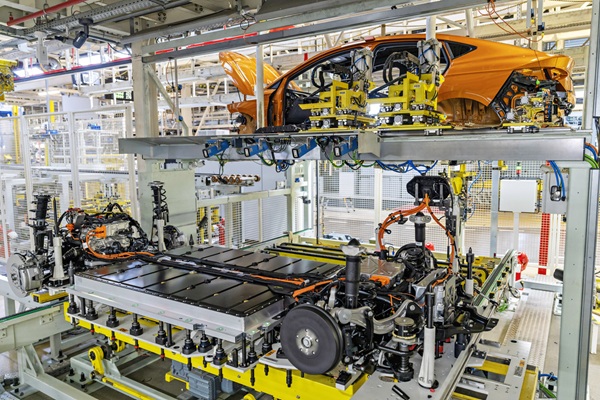
Výroba vozu Škoda Enyaq Coupe iV ve ŠKODA Auto Mladá Boleslav.
In a significant move towards expanding its global footprint, Škoda Auto, a subsidiary of the Volkswagen Group, has inaugurated a new assembly plant in Vietnam. This strategic initiative is part of Škoda’s broader plan to strengthen its presence in the rapidly growing Southeast Asian market.
Strategic Partnership and Location
The new facility, located in the northern province of Quang Ninh, is a result of a collaboration between Škoda Auto and its regional partner, Thanh Cong Group. The plant is equipped with state-of-the-art technology, including a welding shop, a paint shop, and a final assembly line. This location is strategically chosen for its proximity to the port of Haiphong, one of Vietnam’s largest and most modern ports, facilitating efficient logistics and distribution.
Production and Models
The plant will initially focus on assembling the Škoda Kushaq and Slavia models from completely knocked-down (CKD) kits imported from India. This approach not only reduces costs but also leverages geographical synergies between the Indian and Vietnamese markets. Series production of the Kushaq SUV began on March 26, 2025, with the first locally assembled Slavia sedans expected to roll off the line in the summer.
Market Expansion and Future Plans
Škoda Auto’s entry into the Vietnamese market marks a significant milestone in its internationalisation strategy. Since launching operations in Vietnam in September 2023, Škoda has opened 15 sales outlets, with plans to expand to 32 dealerships by 2025. This expansion is aimed at tapping into the strong growth potential of the Vietnamese market and the wider ASEAN region.
Klaus Zellmer, CEO of Škoda Auto, stated, “Opening this new assembly line marks a milestone in our expansion into the rapidly growing Vietnamese market and strengthens our position in the ASEAN region. By leveraging synergies with our key Indian market, we are setting the stage for success not only for Škoda but also for our local partner, Thanh Cong Group.”
Conclusion
The establishment of the new assembly plant in Vietnam underscores Škoda Auto’s commitment to expanding its global presence and adapting to new markets. With advanced manufacturing facilities and strategic partnerships, Škoda is well-positioned to meet the growing demand for its vehicles in Southeast Asia.
Featured image The White House in Washington DC by Cezary Piwowarczyk GFDL

